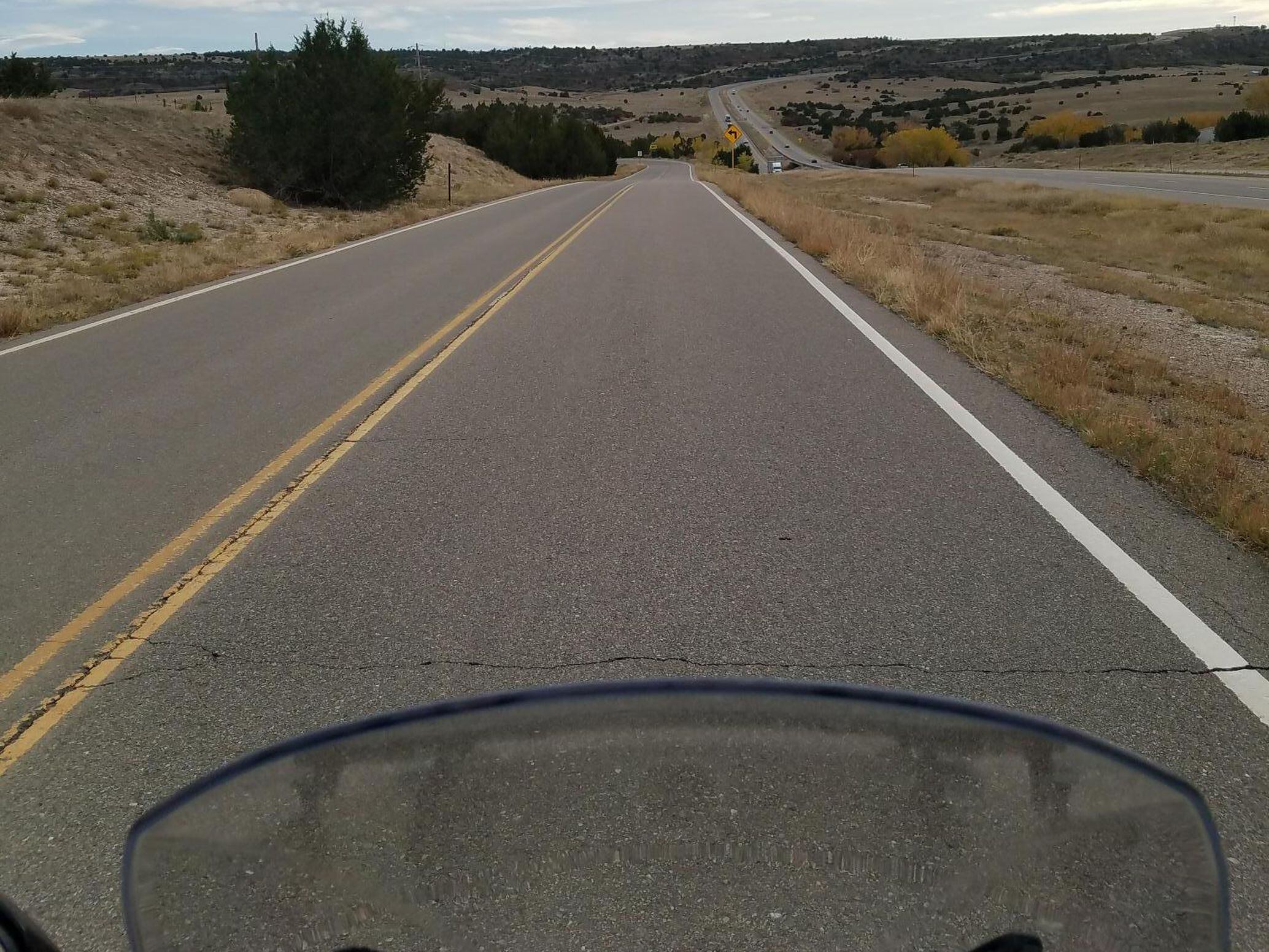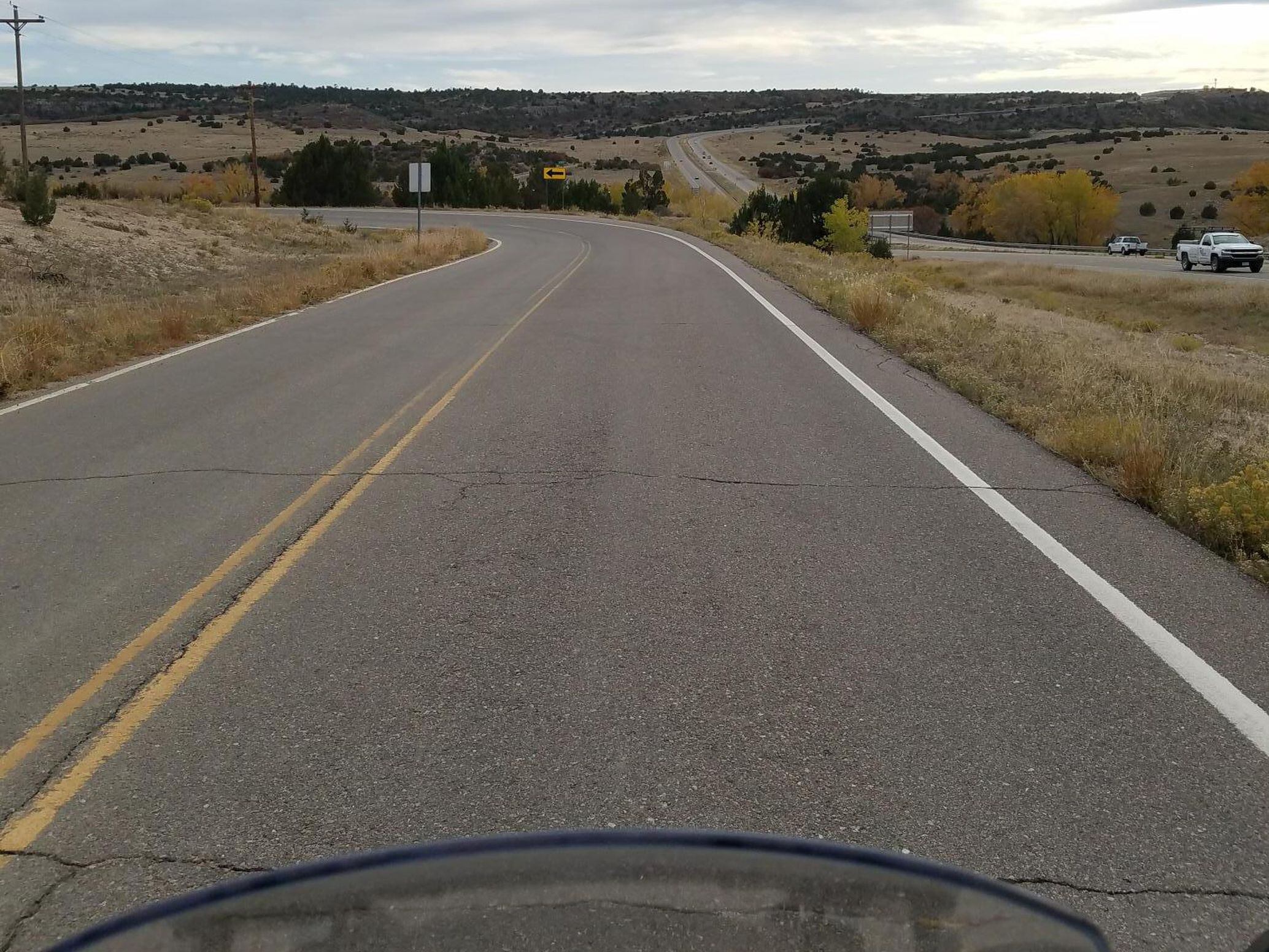Motorcycle Lessons Part 1
Our goal is to bring newer riders up to expert level more quickly - making them safer, more consistent, and better motorcycle riders and owners.
By Nick Ienatsch
Core skills of motorcycle operation have been covered relentlessly in my columns and elsewhere. What we do with our eyes, mental focus levels, control inputs, speed, bike, and placement—always subjects we’ll beat on hard. But even at the end of our two-day ChampSchool classes we have more to say! This column will add those techniques, outlooks, and approaches, and I’ll cover a couple of subjects per week.
Clutchless Upshifts
My extremely competent instructors rarely use the clutch to upshift. We might touch it going from first to second to ease the move through neutral, but after that, no clutch on upshifts, just a quickly closed throttle as we move the shifter.
The technique is to lightly load the shifter in the direction of the next upshift, perhaps half a pound of pressure. If you load it too hard while accelerating, the gear teeth could suffer. You should barely be able to feel your boot against the shifter.
As you close the throttle, smoothly add pressure, and the gear change will be made with buttery loveliness. If the bike lurches or delays, work on your throttle-close timing.
We clutchless upshift everything, from big-twin baggers to our new TT-R125s. We use the clutch and a rev-matching blip on downshifts.
Don’t Look Away Now!
Several years ago I was riding to the school as a front-seat passenger in a rented van. The instructor driving was a highly qualified roadracer who did not street ride. As we hurtled down the two-lane highway toward Miller Motorsports Park (aka Utah Motorsports Campus) in Tooele, Utah, he would look over to talk to me as traffic approached and passed with 10 feet of us at closing speeds of about 140 mph!!
Red alert! One mistake by a latte-sipping, texting driver coming from the other direction would put us in a head-on because my driver wouldn’t see it coming. He was looking away from the road at the wrong time.

This comes down to prioritizing the dangers we face and putting our eyes on those priorities. If you look down at your engine temperature as you approach a busy intersection, your gaze is misdirected because you should be focused on vehicles in front of you; you should monitor your engine temperature, but not at that moment!

If you look out at the beautiful view as you crest a rise in the road, your gaze is misdirected because rises can hide dangers that need to be dealt with immediacy. A beautiful view is important to your mental health, but not as important as seeing the elk two seconds earlier is to your physical health.
For track riders who glance at their speedometers at the end of straights (meaning the beginning of braking zones), they are looking at the wrong thing at the wrong time. Focus should be on where to initiate braking, where to turn in, where the slowest point of the corner is, and where the apex is. Note that I’ve never met an expert roadracer who knows or cares how fast they’re going on the straights; their focus is on consistent lap times.
Years ago I read a story that explained why veteran fighter pilots beat newer fighter pilots in dogfights: The newer pilots looked into the airplane at their gauges at the wrong time. As two-wheeled pilots, we must recognize our highest danger priorities and not look away from them until they pass.
